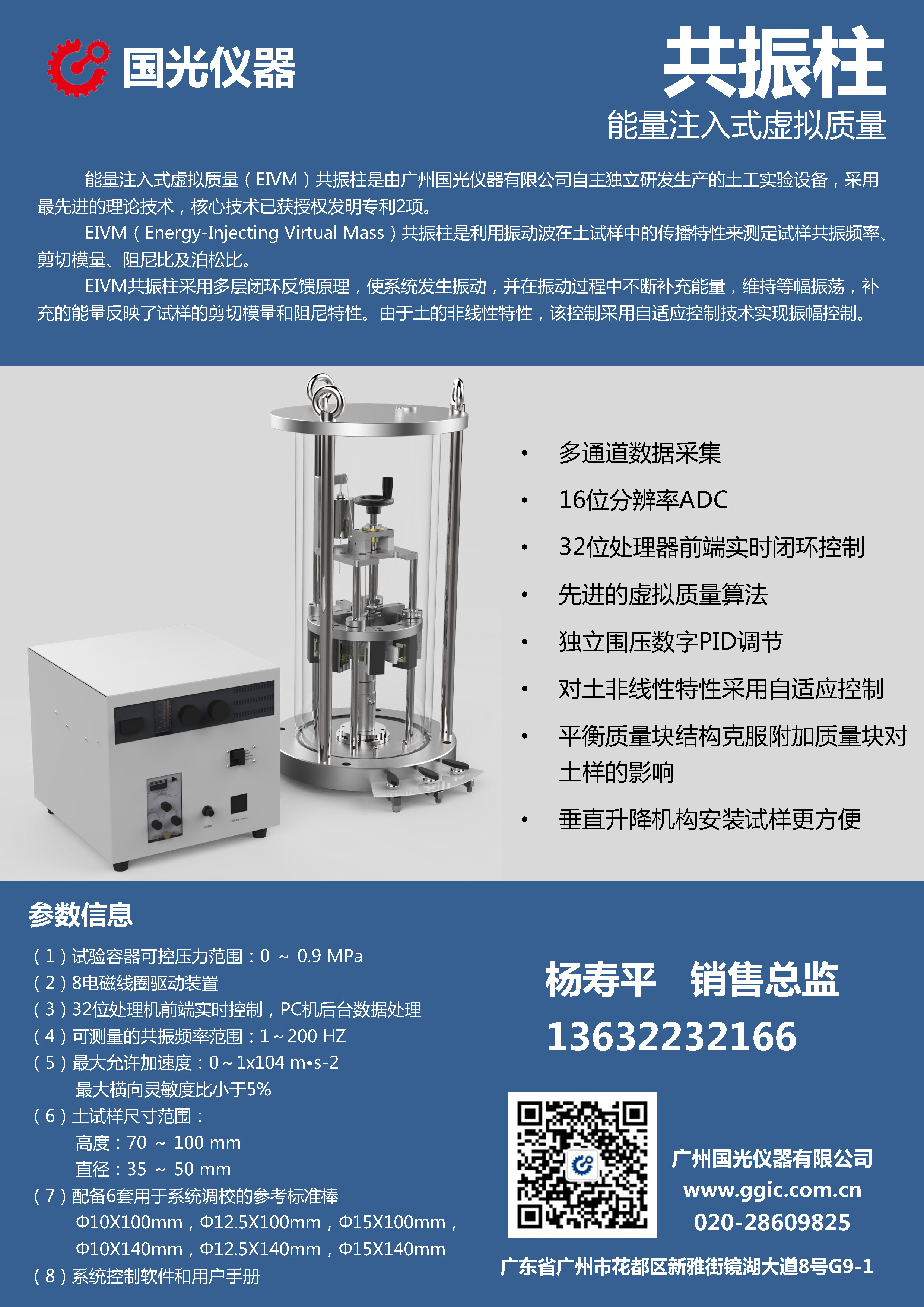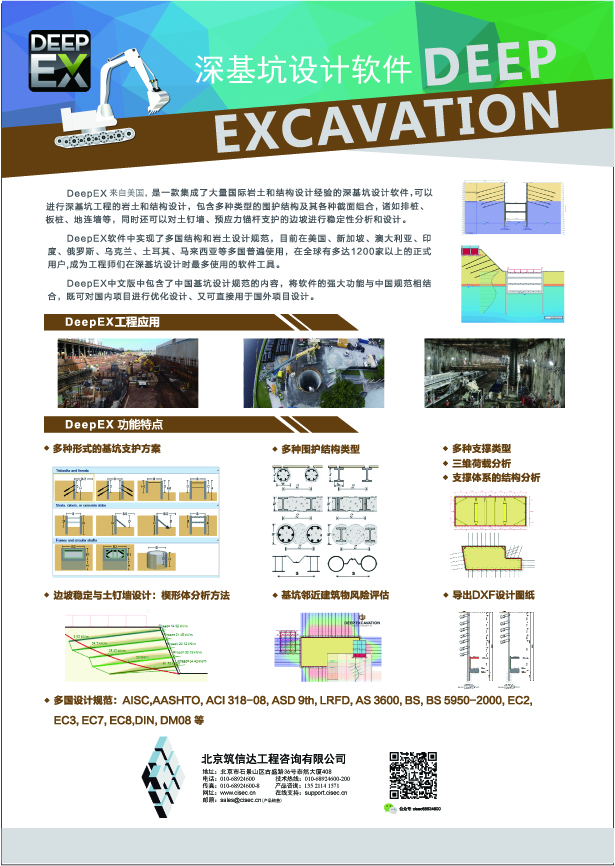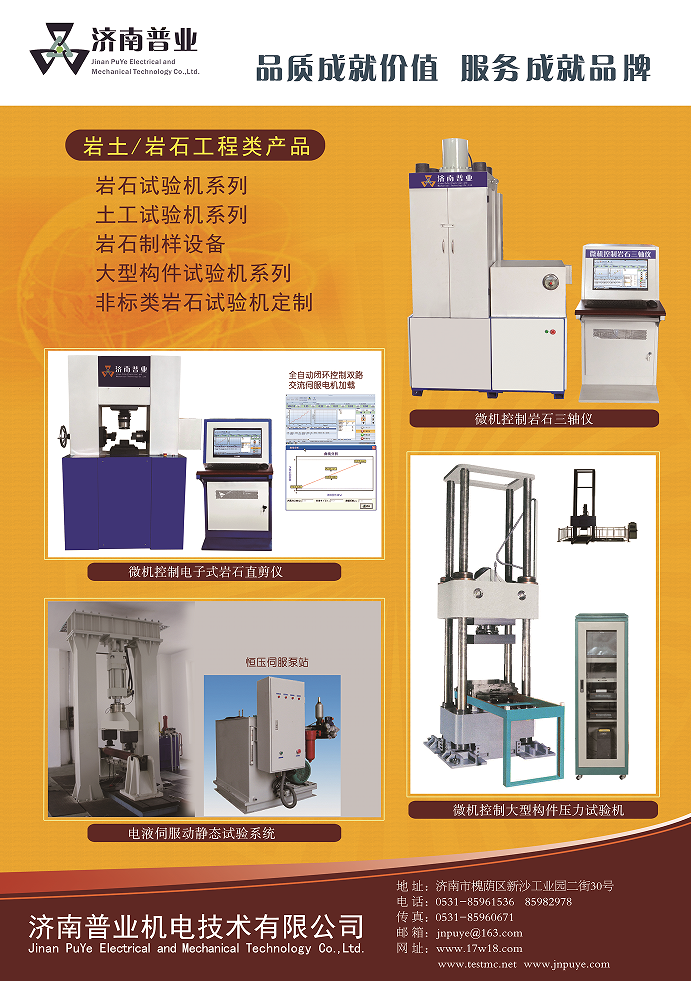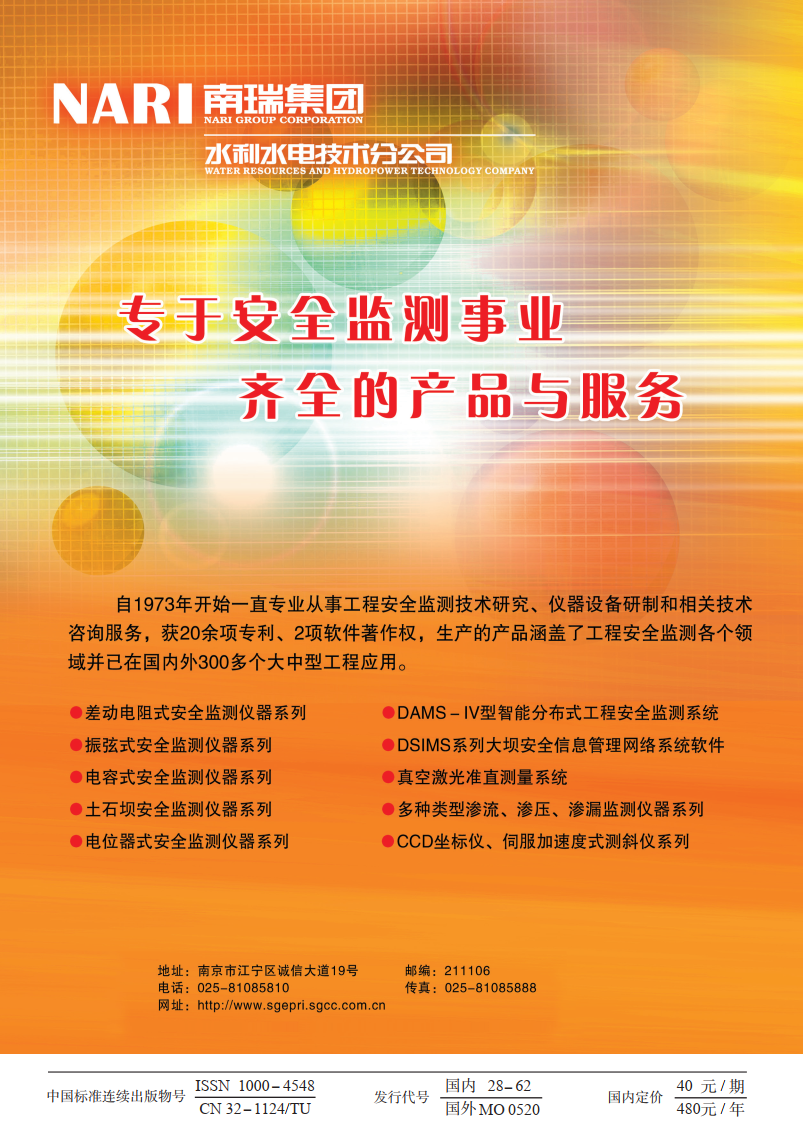Comparison between microbiologically-induced calcium carbonate precipitation and magnesium carbonate precipitation
-
摘要: 碳酸镁和碳酸钙一样也具有胶结作用,且镁矿强度远大于钙矿,因此研究碳酸镁固化技术具有重要意义。本文测量了巴氏芽孢杆菌在培养过程中的吸光度和脲酶活性,并计算得到单位脲酶活性;研究了尿素、氯化钠、醋酸根、Ca2+和Mg2+浓度对脲酶活性的影响;控制温度、pH值和离子浓度对比了钙和镁沉淀效率和不同温度不同尿素浓度下碳酸镁沉淀产率;对比研究了碳酸钙和碳酸镁沉淀下砂土固化效果。结果表明,48 h培养过程中,吸光度和脲酶活性的增长都先缓慢后迅速增长再减小最后停止,单位脲酶活性则是先增加后减小。适当增加尿素或Mg2+浓度可增强细菌脲酶活性,氯化钠和醋酸根浓度对酶活性无明显影响,Ca2+浓度对脲酶活性有明显抑制作用。同一温度、pH值和离子浓度条件下,碳酸镁产率明显小于碳酸钙。而在菌液中添加尿素可促进碳酸镁沉淀生成,且温度相同,尿素浓度越高,碳酸镁产率越大。菌液中添加尿素可使得碳酸镁固化砂土成型并具有一定强度,因此,该方法可解决砂土固化碳酸镁沉淀不足的问题,为后续碳酸镁固化试验奠定基础。Abstract: The magnesium carbonate has a cementing feature like calcium carbonate, and the strength of magnetite ore is much higher than that of calcium ore, so it is important to study the solidification technology of magnesium carbonate. The absorbance and urease activity of Sporosarcina pasteurii are measured in the cultural process, and the unit urease activity is calculated. The influences of various factors on the urease activity are studied. Some comparison tests on the precipitation efficiency between calcium carbonate and magnesium carbonate are conducted as well as the magnesium precipitation efficiency with various urea additions. The solidification tests on the calcium carbonate and magnesium carbonate are comparatively studied. The results show that during 48 h-culture period, the absorbance and urease activity curve both increase gradually and boom, then slow down and tend to be stable. The unit urease activity increases to the peak and then decreases. The increase of the urea concentration and magnesium ion can enhance the urease activity. The concentration of sodium chloride and acetate has little effect on it, and that of calcium ion has a significant inhibitory effect. Under the same condition, the yield of magnesium carbonate is significantly smaller than that of calcium carbonate. By adding urea to medium, the precipitation significantly increases. The higher the urea concentration, the more the magnesium carbonate gets. The sample with adding urea is solidified to own certain strength in the case of magnesium carbonate precipitation. Therefore, this method can solve the problem of insufficient magnesium precipitation and establish the foundation for the curing tests on magnesium carbonate in future.
-
[1] WHIFFIN V S.Microbial CaCO3 precipitation for the production of biocement[D]. Perth: Murdoch University, 2004. [2] DEJONG J T, FRITZGES M B, NUSSLEIN K.Microbially induced cementation to control sand response to undrained shear[J]. Journal of Geotechnical and Geoenvironmental Engineering, 2006, 132(11): 1381-1392. [3] WIJNGAARDEN W, VERMOLEN F, MEURS G, et al.Modelling biogrout: a new ground improvement method based on microbial-induced carbonate precipitation[J]. Transp. Porous Media, 2011, 87(2): 397-420. [4] 孙潇昊, 缪林昌, 童天志, 等. 微生物沉积碳酸钙固化砂土试验研究[J]. 岩土力学, 2017, 38(11): 3225-3260+3239. (SUN Xiao-hao, MIAO Lin-chang, TONG Tian-zhi, et al. Sand solidification test based on microbially-induced precipitation of calcium carbonate[J]. Rock and Soil Mechanics, 2017, 38(11): 3225-3260+3239.(in Chinese)) [5] JIANG N J, YOSHIOKA H, YAMAMOTO K, et al.Ureolytic activities of a urease-producing bacterium and purified urease enzyme in the anoxic condition: implication for subseafloor sand production control by microbially induced carbonate precipitation (MICP)[J]. Ecological Engineering, 2016, 90: 96-104. [6] MARTINEZ B C, DEJONG J T, GINN T R, et al.Experimental optimization of microbially-induced carbonate precipitation for soil improvement[J]. Geotech Geoenviron Eng, 2013, 139(4): 587-598. [7] HARKES M P, VAN PAASSEN L A, BOOSTER J L, et al. Fixation and distribution of bacterial activity in sand to induce carbonate precipitation for ground reinforcement[J]. Ecological Engineering, 2010, 36(2): 112-117. [8] 赵茜. 微生物诱导碳酸钙沉淀(MICP)固化土壤实验研究[D]. 北京: 中国地质大学, 2014.
(ZHAO Qian.Experimental study on soil improvement using microbial induced calcite precipitation (MICP)[D]. Beijing: China University of Geosciences, 2014. (in Chinese))[9] RAMACHANDRAN S K, RAMAKRISHNAN V, BANG S S.Remediation of concrete using microorganisms[J]. ACI Mater, 2001, 98: 3-9. [10] FRIEDRICH B, MAGASANIK B.Utilization of arginine by Klebsiella aerogenes[J]. Journal of Bacteriology, 1978, 133(2): 680-685. [11] 张越. 微生物用于砂土胶凝和混凝土裂缝修复的试验研究[D]. 北京: 清华大学, 2014.
(ZHANG Yue.Research on sand cementation and concrete cracks repairment by microbially induced carbonate precipitation technology[D]. Beijing: Tsinghua University, 2014. (in Chinese))[12] 王瑞兴. 碳酸盐矿化菌研究[D]. 南京: 东南大学, 2005.
(WANG rui-xing. Study on carbonate-mineralization microbe[D]. Nanjing: Southeast University, 2005. (in Chinese))[13] ZHANG Y, GUO H X, CHENG X H.Role of calcium sources in the strength and microstructure of microbial mortar[J]. Construction and Building Materials, 2015, 77: 160-167. -
期刊类型引用(11)
1. 高瑞晓,王剑云. 微生物矿化沉积碳酸钙技术修复混凝土既有微裂缝研究进展. 材料导报. 2023(01): 96-105 .  百度学术
百度学术
2. 黄万东,陈彪,张永杰,刘涛,程周鑫,邓齐全. 胶结液浓度对微生物固化花岗岩残积土特性试验研究. 湖南交通科技. 2023(03): 1-6 .  百度学术
百度学术
3. 肖瑶,邓华锋,李建林,程雷,朱文羲. 海水环境下巴氏芽孢杆菌驯化及钙质砂固化效果研究. 岩土力学. 2022(02): 395-404 .  百度学术
百度学术
4. 徐银龙,郑文杰,王琳,薛中飞,谢毅鑫. 壳聚糖联合酶诱导碳酸盐沉淀处理铜废水的劣化现象和强化机理研究. 化工学报. 2022(05): 2222-2232 .  百度学术
百度学术
5. 王恒星,缪林昌,孙潇昊,吴林玉. 微生物诱导固化技术研究进展. 湖南大学学报(自然科学版). 2021(01): 70-81 .  百度学术
百度学术
6. 杨司盟,彭劼,温智力,刘志明,冷勐,许鹏旭. 浓缩海水作为钙源在微生物诱导碳酸钙加固砂土中的应用. 岩土力学. 2021(03): 746-754 .  百度学术
百度学术
7. 王晖,王敏,汤鼎,赵峰华,郦嘉颖,朱新园,赵兴青. Ca~(2+)添加对微生物矿化固结Cd~(2+)的影响. 环境化学. 2021(03): 859-867 .  百度学术
百度学术
8. 邱明喜,刘汉银,明道贵,张家铭,朱纪康,周杨. 化学处理方式对微生物固沙效果的影响. 人民黄河. 2021(08): 117-121 .  百度学术
百度学术
9. 陈润发,缪林昌,孙潇昊,吴林玉,王呈呈. 添加氧化铝对微生物修复裂缝影响的分析. 岩土力学. 2020(03): 933-938+951 .  百度学术
百度学术
10. 王绪民,崔芮,王铖. 微生物诱导CaCO_3沉淀胶结砂室内试验研究进展. 人民长江. 2019(09): 153-160 .  百度学术
百度学术
11. 沈泰宇,李贤,汪时机,许冲,薛乐. 微生物固化砂质黏性紫色土的三轴抗剪强度与浸水抗压强度. 农业工程学报. 2019(21): 135-143 .  百度学术
百度学术
其他类型引用(16)








 下载:
下载:
